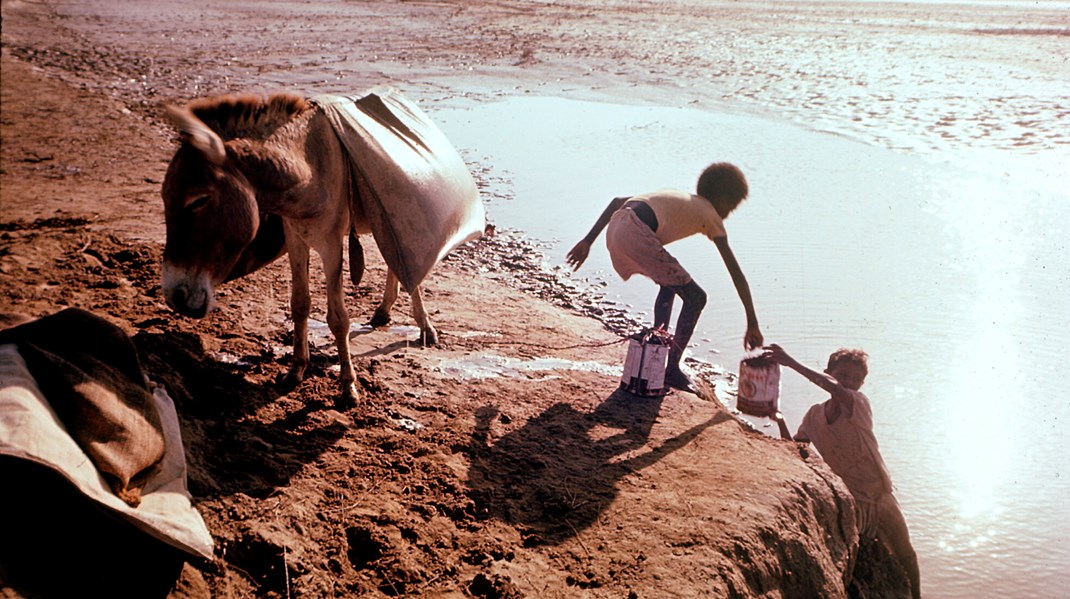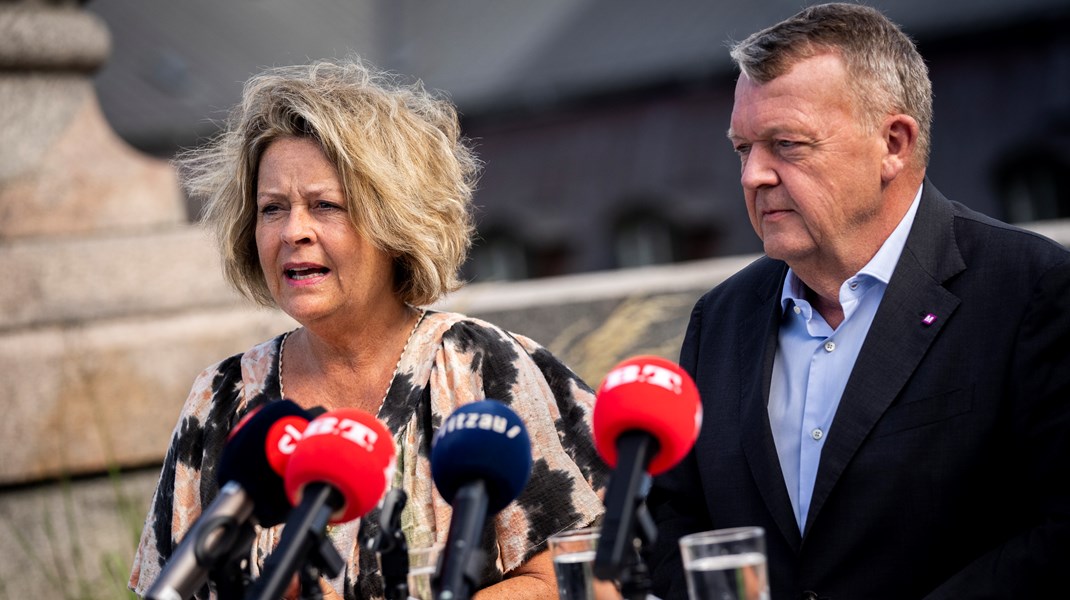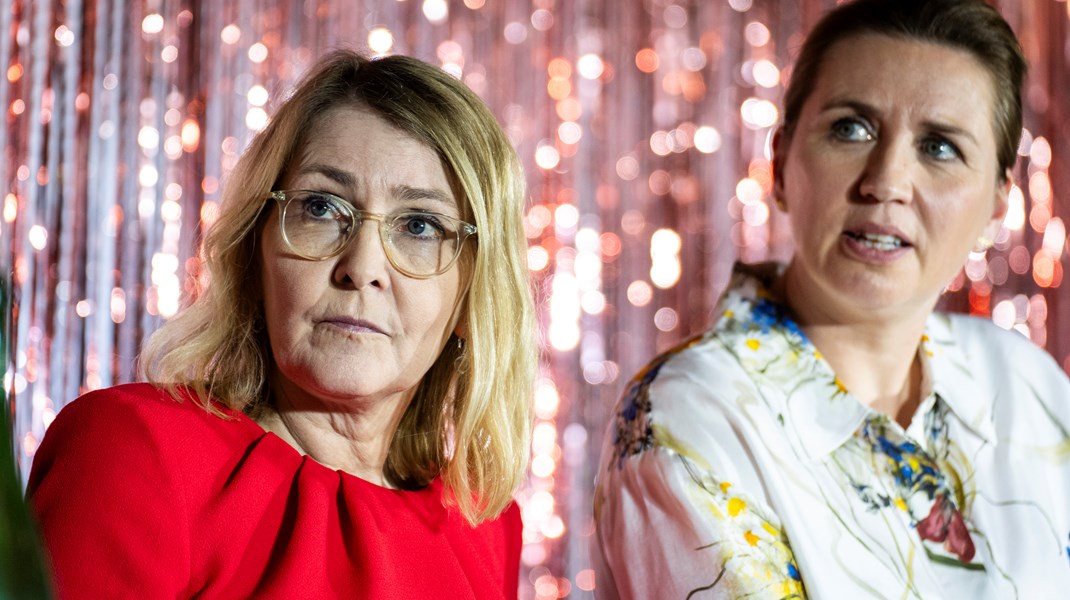Puerto Rico’s children have lost more than 13 million school days since Hurricane Maria
Six Months Later, Children in Puerto Rico Still Urgently Need Academic and Emotional Support
Media Contact Sara Neumann 203.209.6545 (M)
FAIRFIELD, Conn. (March 20, 2018)— Half a year since Hurricane Maria struck Puerto Rico, school-age children have collectively missed out on more than 13 million full days of learning. Trauma continues for children on the island, which suffers from unstable electricity, water and public services. Many families are still without basic necessities and children urgently need psychological and emotional support, Save the Children warns.
In some rural and mountainous regions, more than 50 percent of households remain without power six months later. Across the island, blackouts are frequent, causing residents to relive the immediate effects of the hurricane long after it has passed. Nearly one in three schools lacks electricity, meaning students cannot attend class full time. Many schools are only operating on a limited daily schedule, from 7:30 a.m. to 12:30 p.m., due to electricity, water and sewage problems.
"Six months after Hurricane Maria, children remain particularly vulnerable. One of the best ways we can support a child’s recovery is to get them back into school full time," said Carlos Carrazana, Chief Operating Officer of Save the Children. "Save the Children remains on the ground and committed to long-term recovery programs focused on resiliency, social and emotional well-being, early childhood development, and of course, education. As someone who grew up in Puerto Rico, I know we can do better for the island’s children."
Not only are Puerto Rican students falling behind their peers academically, but they lack the daily routine school brings, which is critical for emotional recovery. Save the Children is supporting programs to extend the school day and is training teachers and caregivers to help kids overcome trauma through Journey of Hope, its social and emotional development program.
Save the Children has reached over 60,000 children and adults since its response began in the early days after the storm. The nonprofit continues to distribute critical supplies, support the social and emotional recovery of children, and assist schools and families in helping children return to learn, in addition to working with partners to connect schools to solar panels and internet access to improve learning outcomes.
Save the Children is urging investment in children to ensure work can be done to make up for lost learning and to improve the quality of education on the island. Senior Director of U.S. Emergencies Jeanne-Aimée De Marrais testified before Congress on March 15 during the Preparedness, Response and Rebuilding: Lessons from the 2017 Disasters hearing.
To learn more about Save the Children’s long-term child resiliency plan in Puerto Rico, please visit http://www.savethechildren.org/hurricane-maria.


